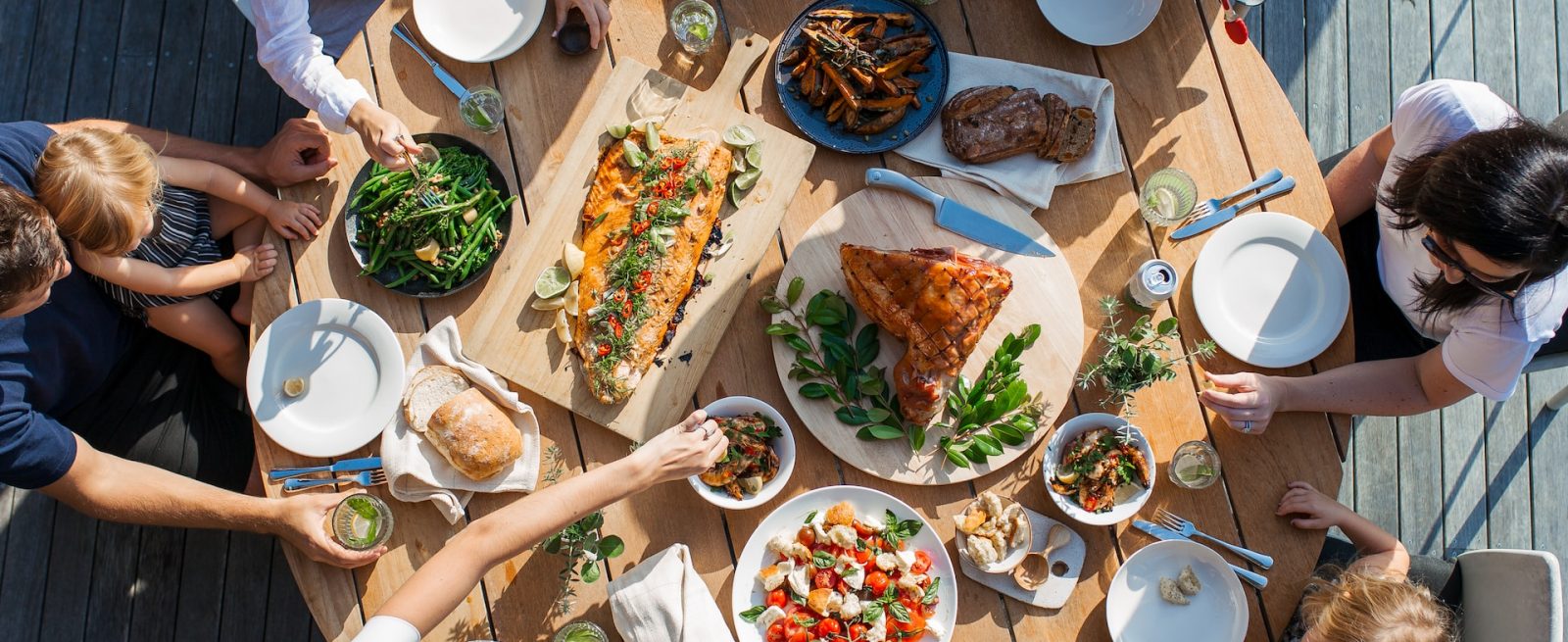Avoiding Mistakes in Loyalty Programs
3 Min Read
Viewers of "The Bear" understand how viral trends tempt first-time guests, but how do restaurants convert those novelty-seekers into brand champions and realize long-term value?
Loyalty expert Hope Neiman, CMO at Tillster, says these are the four things she sees that restaurants often get wrong when building loyalty programs + brand champions:
- Lack of clarity and consistency. Digital offer can be hard to use – if there are too many exclusions or points calculation methods are too complicated, loyalty becomes lost.
- Value problems. If rewards aren’t motivating, restaurants lose out on upsell opps (e.g. if point values make rewards unachievable or if rewards can’t be combined).
- No personalization. If you offer a vegan diner a free cheeseburger if they sign up for a loyalty card – it’s not going to build a brand champion. Full stop.
- Technical/channel problems. If customers can only redeem points when using the app or at certain locations, it’s an issue. Customers expect a seamless brand experience across all channels, whether in-person or digital.
Neiman offered more advice for Modern Restauran Management (MRM) magazine readers.
What can restaurant owners learn from watching "The Bear"?
"The Bear" was a reminder to operators that they are not alone in their struggles. While many of the show’s elements are over the top for cinematic effect, the issues of hiring, making ends meet and meeting government regulations reflect true to restaurant owners. This industry requires intense levels of work and commitment for the trade-off that, in the end, your restaurant might not make it. It doesn’t matter what kind of restaurant you have; these themes are universal.
How did the pandemic affect loyalty programs?
There have been good and bad shifts in customer attitude since the pandemic. The good news is customers have become more ubiquitous, suggesting that people want to be more loyal to restaurants that prioritize their business.
On the other hand, guests are becoming more savvy about what they expect. Part of this means not only do customers want to accrue points, but now they expect easy ways to redeem those points. It has become infinitely more important for brands to ensure the rewards they offer are achievable and can be collected and used no matter what platform a guest orders from. Ultimately, loyalty benefits are no longer surprises for guests; now, they’ve become expectations for restaurants to prove commitment to customers.
Loyalty benefits are no longer surprises for guests; now, they’ve become expectations for restaurants to prove commitment to customers.
What do guests want from loyalty efforts now?
Most importantly, guests want personalized offers from their favorite brand’s loyalty program. Guests want to redeem rewards on items they frequently order or on items that are similar to their past orders. Personalized loyalty efforts should also be achievable based on how and when a customer typically dines with the brand.
For instance, does a certain guest only order via mobile app for pickup? If so, a brand might offer the guest a reward specific to the mobile channel, or the brand might opt to incentivize dine-in behavior by giving the guest a discount redeemable by ordering at the storefront.
Beyond personalization, diners also want clarity and consistency to keep them engaged and motivated to come back. Brands must be transparent about factors like how much a diner needs to spend to achieve loyalty benefits, ensuring the method for calculating points isn’t too complicated, minimizing the amount of exclusions and limitations and inconsistencies in participating restaurants to ensure their loyalty program is engaging and easily understandable.
What are the keys to a successful loyalty program?
The most important thing to succeed here is reaching out to the guests by the collar. In other words, brands must implement a system that sends guests messages rapidly and directly notifying them of loyalty opportunities or new items to redeem their loyalty points on.
People want to be reminded of the value and opportunities waiting for them and value a more immediate opportunity to see points from a transaction and a chance to take advantage of these benefits. Right after a transaction guests should be able to go to their loyalty account to see how the money they just spent is going towards benefits. When a loyalty program is properly structured, it becomes a powerful tool to create trust between the brand and the customer.

